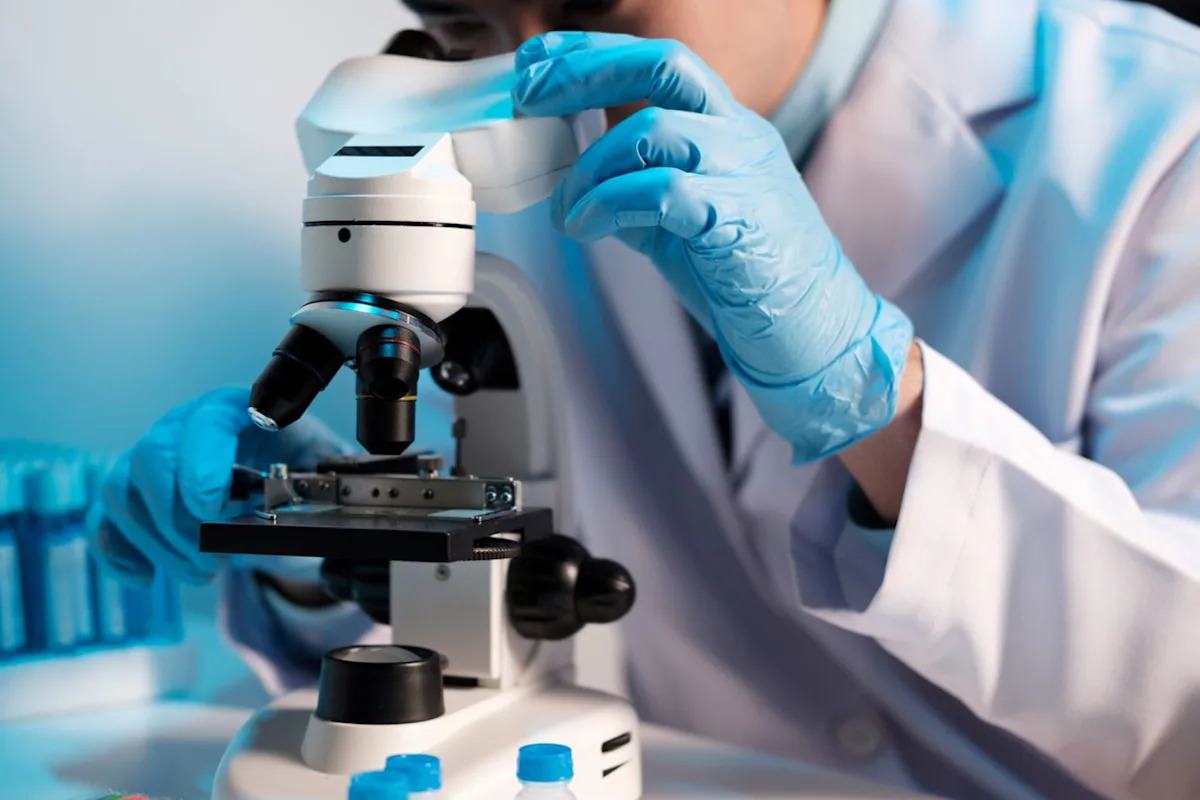Home / Environment / Microplastics Linked to First Trimester Miscarriage Risk
Microplastics Linked to First Trimester Miscarriage Risk
19 Nov
Summary
- High microplastic levels in placentas correlate with miscarriage risk.
- Microplastics detected in all human placentas examined in a study.
- Particles linked to DNA damage, immune issues, and serious diseases.

New research indicates microplastics may pose a significant threat to pregnancy health, potentially increasing the risk of miscarriage. A study published in eBioMedicine found higher levels of microplastics in placentas were associated with a greater likelihood of early pregnancy loss.
The pervasive nature of microplastics is underscored by findings that they were present in all 62 human placentas analyzed in a February 2024 study, with polyethylene being the most frequently detected type. This contamination extends beyond placentas, with microplastics also found in human hearts, blood, and lungs.
While the full health implications are still under investigation, microplastics have been linked to DNA damage, immune system issues, and may contribute to conditions like inflammatory bowel disease and declining sperm counts. Scientists are exploring solutions, but rethinking our reliance on plastic remains crucial.


